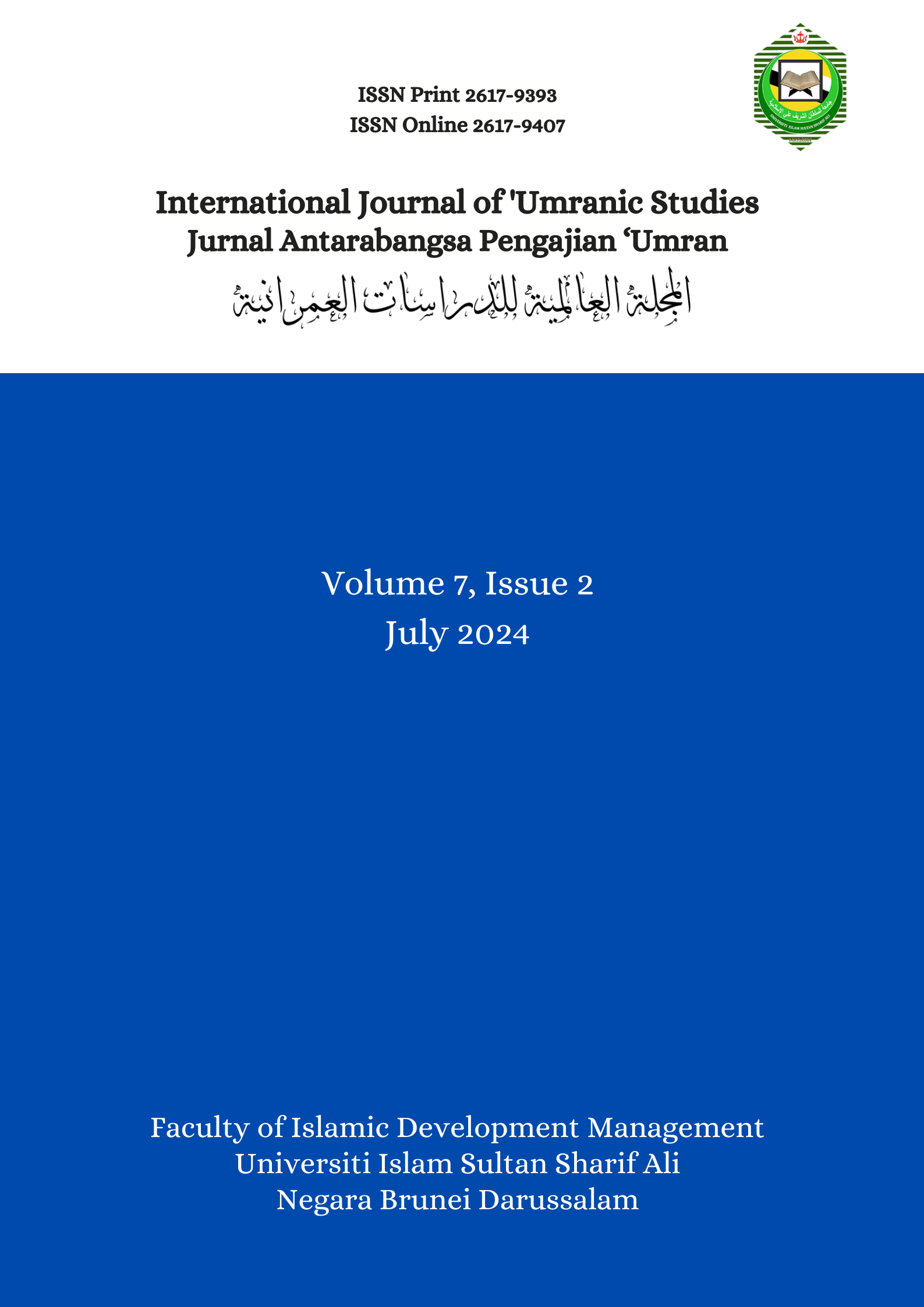Cultural and Linguistic Assimilation in Mixed Marriages: The Case of Dayak and Chinese Muslim Converts in Sarawak
Published 2024-07-31
Keywords
- Chinese, Dayak, Islam, mixed marriages, converts assimilation, muallaf
How to Cite

This work is licensed under a Creative Commons Attribution 4.0 International License.
Copyright NoticeAbstract
This qualitative study examines the cultural and linguistic assimilation of Dayak Muslim and Chinese Muslim converts in Sarawak, East Malaysia. Using interviews and observations, the research explores whether these converts integrate with the Malay majority community and the extent to which they preserve their ethnic identities. Barry’s Model of Acculturation (1992) guides the analysis, distinguishing between assimilation—where individuals adopt the dominant culture's norms—and integration, where they balance adopting dominant norms while maintaining their original culture.
Data was collected from Dayak and Chinese Muslim converts in Kuching, Serian, and Samarahan divisions. The study focused on language use in family, workplace, and entertainment settings, alongside cultural markers like eating habits, dressing, festivals, and self-identity. Results reveal that Chinese Muslim converts demonstrate stronger cultural vitality and uniqueness compared to Dayak Muslim converts. While Dayak converts tend to assimilate more deeply into Malay culture, often losing significant cultural elements, Chinese converts maintain their cultural identity through markers of Chinese heritage.
This divergence challenges the common perception in Malaysia that conversion to Islam equates to becoming Malay, as encapsulated by the phrase masuk Islam masuk Melayu (converting to Islam means becoming Malay). The findings indicate that Chinese converts actively preserve aspects of their ethno-cultural and ethno-linguistic identity, unlike Dayak converts who exhibit greater cultural alignment with Malay norms.
The study concludes that fostering meaningful integration requires practices that respect and accommodate the values of both converts and the Malay community, derived through an Islamic lens. This approach emphasizes the importance of preserving ethnic diversity while promoting social and religious harmony among Muslim converts in Sarawak.



